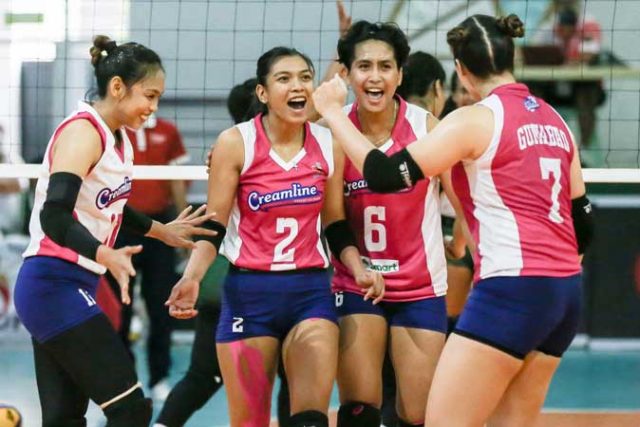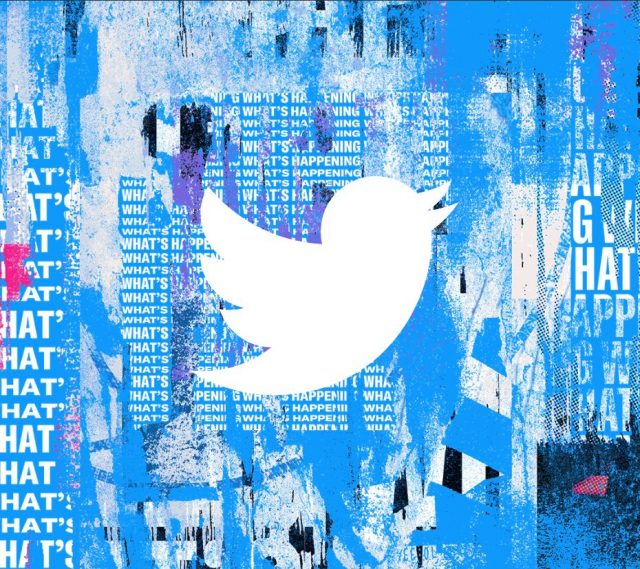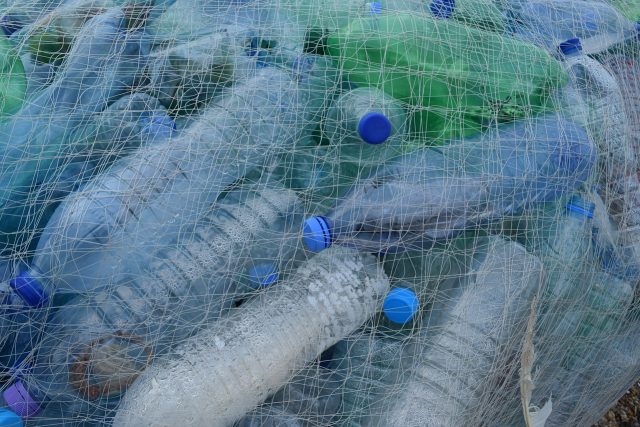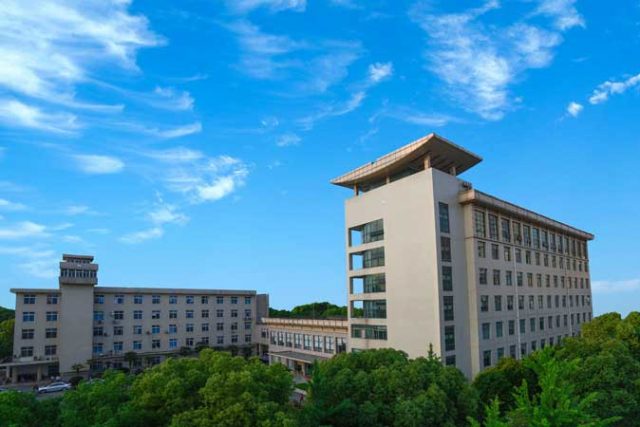Campaign start
BELOW is the schedule of the Filipino athletes seeing action at the Tokyo Olympics.
CRIS NIEVAREZ
(Rowing, Single Sculls)
July 23 Heats
July 24 Repechage
July 25 Semifinals E/F
July 26 Quarterfinals
July 27 Semifinals C/D
July 28 Semifinals A/B
July 29 Finals F/E/D
July 30 Finals C/B/A
CALOY YULO
(Gymnastics/All-Around)
July 24 Qualification
July 28 Finals (All-Around)
Aug. 1 Finals (Floor Exercise)
Finals (Pommel Horse)
Aug. 2 Finals (Rings)
Finals (Vault)
Aug. 3 Finals (Parallel Bars)
Finals (Horizontal Bars)
KURT BARBOSA
(Taekwondo/Flyweight -58kg)
July 24 Round of 16/Quarterfinals
Semifinals/Repechage
Bronze Match/Gold Match
NESTHY PETECIO
(Boxing/featherweight)
July 24 Round of 32
July 26 Round of 16
July 28 Quarterfinals
July 31 Semifinals
Aug. 3 Gold Bout
REMEDY RULE
(Swimming/100m
and 200m Butterfly)
July 24 100m Butterfly Heat
July 25 100m Butterfly Semifinals
July 26 100m Butterfinal Final
July 27 200m Butterfly Heat
July 28 200m Butterfly Semifinals
July 29 200m Butterfly Final
IRISH MAGNO
(Boxing/Flyweight)
July 25 Round of 32
July 29 Round of 16
Aug. 1 Quarterfinals
Aug. 4 Semifinals
Aug. 7 Gold Bout
JAYSON VALDEZ
(Shooting/10m Air Rifle)
July 25 Qualification/Finals
MARGIELYN DIDAL
(Skateboarding/Street)
July 26Preliminaries/Finals
CARLO PAALAM
(Boxing/Flyweight)
July 26 Round of 32
July 31 Round of 16
Aug. 3 Quarterfinals
Aug. 5 Semifinals
Aug. 7 Gold Bout
EUMIR FELIX MARCIAL
(Boxing/Middleweight)
July 26 Round of 32
July 29 Round of 16
Aug. 1 Quarterfinals
Aug. 5 Semifinals
Aug. 7 Gold Bout
HIDILYN DIAZ
(Weighlifting/-55kg)
July 26 Group B/Finals
KIYOMI WATANABE
(Judo/-63kg)
July 27 Round of 32/Round of 16
Quarterfinals/Repechage
Bronze Match/Gold Match
ELREEN ANDO
(Weightlifting/-64kg)
July 27 Group B/Finals
CARLO PAALAM
(Swimming/100m and 50m Freestyle)
July 27 100m Freestyle Heat
July 28 100m Freestyle Semifinals
July 29 100m Freestyle Finals
July 30 50m Freestyle Heat
July 31 50m Freestyle Semifinals
Aug. 1 50m Freestyle Finals
JUVIC PAGUNSAN
(Golf/Individual Stroke Play)
July 29 First Round
July 30 Second Round
July 31 Third Round
Aug. 1 Fourth Round
EJ OBIENA
(Athletics[Field]/Pole Vault)
July 31 Qualification
Aug. 3 Finals
KRISTINA KNOTT
(Athletics [Track]/200m Run)
Aug. 2 200m Run Heats/
Semifinals
Aug. 3 Finals
BIANCA PAGDANGANAN AND YUKA SASO
(Golf/Individual Stroke Play)
Aug. 4 First Round
Aug. 5 Second Round
Aug. 6 Third Round
Aug. 7 Fourth Round







